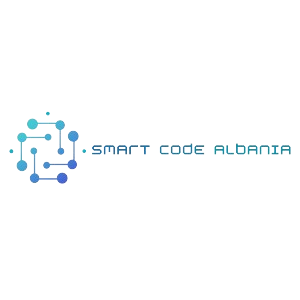Subtotal $0.00
Deciphering the Fundamentals: How Blockchain Technology Operates
In the digital age, where data reigns supreme, understanding the underlying mechanisms of revolutionary technologies is crucial. Among these innovations, blockchain technology stands out as a game-changer, disrupting traditional systems across various industries. But what exactly is blockchain, and how does it work? Let’s delve into the basics to unravel the mysteries behind this transformative technology.
What is Blockchain Technology?
At its core, blockchain is a decentralized digital ledger that records transactions across a network of computers in a secure and transparent manner. Unlike centralized systems where a single authority controls the database, blockchain operates on a distributed network, enabling peer-to-peer transactions without the need for intermediaries.
The Building Blocks: How Does Blockchain Work?
- Decentralization: Instead of relying on a central authority, blockchain networks consist of multiple nodes, each maintaining a copy of the ledger. This decentralized structure ensures that no single entity has control over the entire system, enhancing security and resilience.
- Blocks and Chains: Transactions are grouped into blocks, which are then linked together in chronological order to form a chain. Each block contains a cryptographic hash of the previous block, creating a continuous and tamper-evident record of transactions.
- Consensus Mechanisms: To validate transactions and add them to the blockchain, consensus mechanisms are employed. These mechanisms vary across different blockchain platforms, with popular methods including Proof of Work (PoW), Proof of Stake (PoS), and Delegated Proof of Stake (DPoS).
- Immutable and Transparent: Once a transaction is recorded on the blockchain, it cannot be altered or deleted due to the cryptographic hash linking blocks. This immutability ensures the integrity of the data, making blockchain an ideal solution for applications requiring transparency and accountability.
- Smart Contracts: In addition to recording transactions, blockchain technology can execute smart contracts – self-executing contracts with predefined rules encoded into the blockchain. Smart contracts automate processes, eliminate the need for intermediaries, and enhance efficiency and trust in transactions.
Real-World Applications
Blockchain technology has far-reaching implications across various industries:
- Finance: Blockchain is revolutionizing the financial sector by enabling faster and more secure cross-border transactions, reducing costs, and providing greater financial inclusion.
- Supply Chain Management: By tracking the movement of goods from the source to the consumer, blockchain enhances transparency, traceability, and accountability in supply chains, mitigating risks such as counterfeiting and fraud.
- Healthcare: Blockchain facilitates secure sharing of patient data among healthcare providers, ensuring data integrity, privacy, and interoperability while streamlining processes such as medical record management and drug traceability.
- Digital Identity: Blockchain-based identity solutions offer individuals greater control over their personal data, reducing the risk of identity theft and providing secure and portable digital identities.
Conclusion
In conclusion, blockchain technology is a groundbreaking innovation with the potential to transform countless industries by decentralizing trust, enhancing security, and improving efficiency. By understanding the fundamentals of how blockchain works, businesses and individuals can harness its power to innovate and drive positive change in the digital landscape. As the technology continues to evolve, embracing blockchain will become increasingly essential for staying competitive in the modern era.


Comments are closed